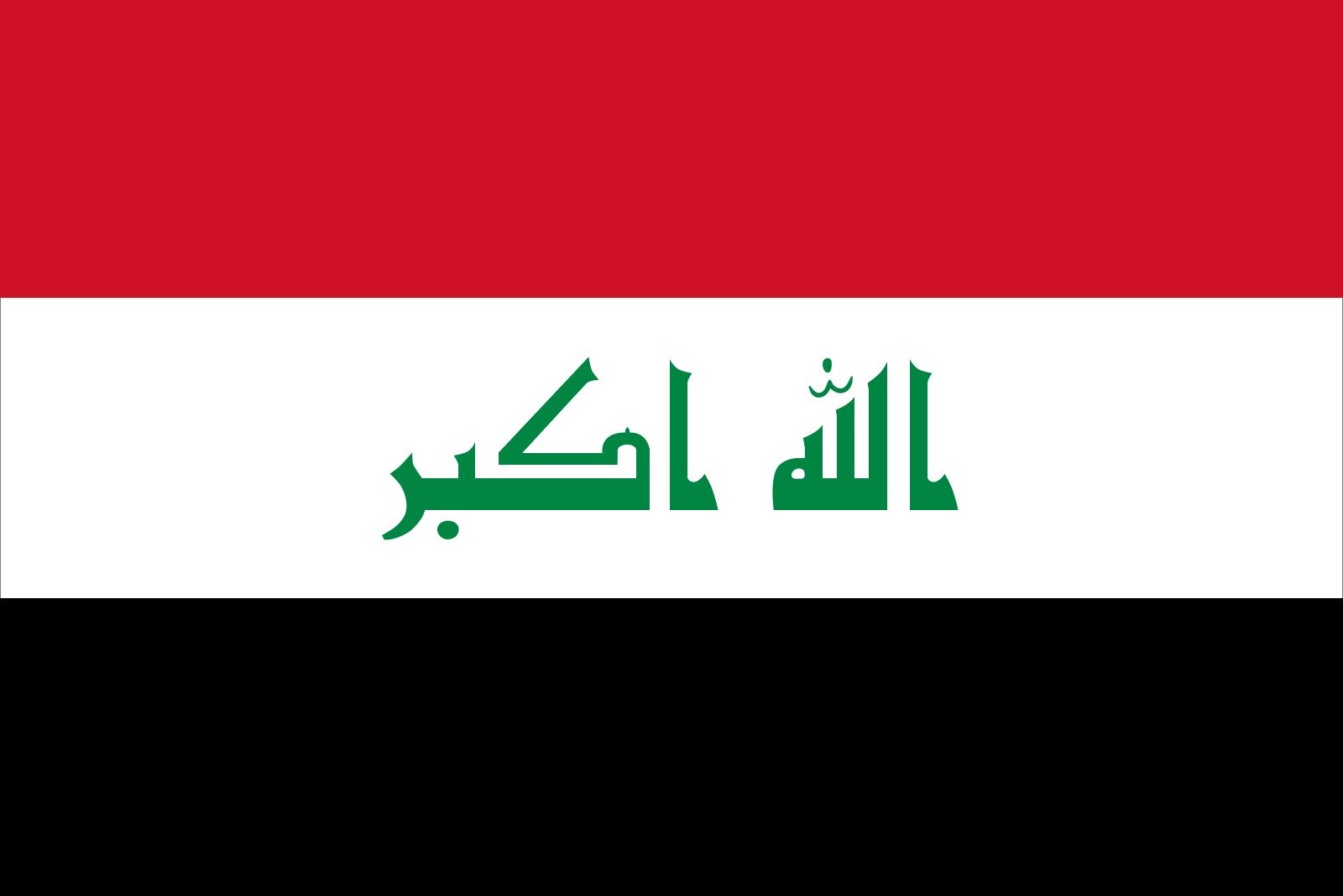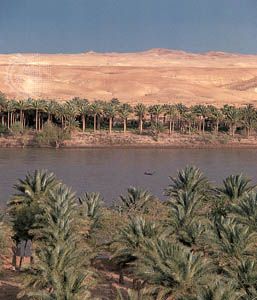Al-Jazīrah
Al-Jazīrah, (Arabic: “Island”), the northern reaches of Mesopotamia, now making up part of northern Iraq and extending into eastern Turkey and extreme northeastern Syria. The region lies between the Euphrates and Tigris rivers and is bounded on the south by a line running between Takrīt and Anbar. It consists of a rolling and irregular plateau 800–1,500 feet (240–460 m) above sea level.
Al-Jazīrah was important in ancient and medieval times as a crossroads linking Iraq, Anatolia, Syria, Armenia, and Iran. It was also valued for its agricultural products. There were already numerous towns and markets along both rivers at the beginning of the Christian era, when Al-Jazīrah was divided between the Byzantine and Persian empires. During the Umayyad and ʿAbbāsid periods, Al-Jazīrah was a centre of conflict and uprisings, and such groups as the Shīʿites and the Khārijites fought the authorities in Damascus or Baghdad from the region. Late in the 9th century it even attained semiautonomy, but it was retaken by the ʿAbbāsids in 892. In the 10th century Al-Jazīrah came under the rule of a succession of independent dynasties: the Ḥamdānids of Mosul (905–991); the Būyids of Baghdad (977–983); the Marwānids in Diyār Bakr (983–1085); and the ʿUqaylids in Mosul (c. 992–1096). After a brief period as part of the Seljuq empire (1085–92), the region’s various districts pursued separate existences.
The history of the largest district, Diyār Rabīʿah in eastern Al-Jazīrah, henceforth became identical with that of its capital, Mosul. The Zangids, the Mamlūks, the Persian Il-Khans, the Jalāyirids, the Turkmen Kara Koyunlu and Ak Koyunlu, and the Persian Ṣafavids ruled the area in succession until it was finally absorbed into the Ottoman Empire in 1637. With the dissolution of the empire in 1918, Diyār Rabīʿah was divided between Syria and Iraq.

Diyār Muḍar, a frontier region in the west, briefly separated into two kingdoms late in the 11th century: the crusader Armenian state at Edessa (now Şanlıurfa, Turkey) in the north and the Turkish Muslim kingdom at Harran in the south. Zangī’s capture of Edessa in 1144 returned Diyār Muḍar to Muslim control. In the 15th century Turkmen tribes made increasing inroads into Diyār Muḍar, and the Ak Koyunlu finally took it about 1402. The district became part of the Ottoman Empire early in the 17th century and since 1918 has been divided between Turkey and Syria.
The chaotic state of the Seljuq empire in 1092 afforded several Turkmen tribes the chance to set themselves up in Diyār Bakr, the northernmost district. Diyār Bakr came under Ottoman rule in 1516, and its capital, Āmida (modern Diyarbakır, Turkey), flourished as a literary and scholarly centre. Upon the collapse of the Ottoman Empire, the northern district became part of Turkey.









